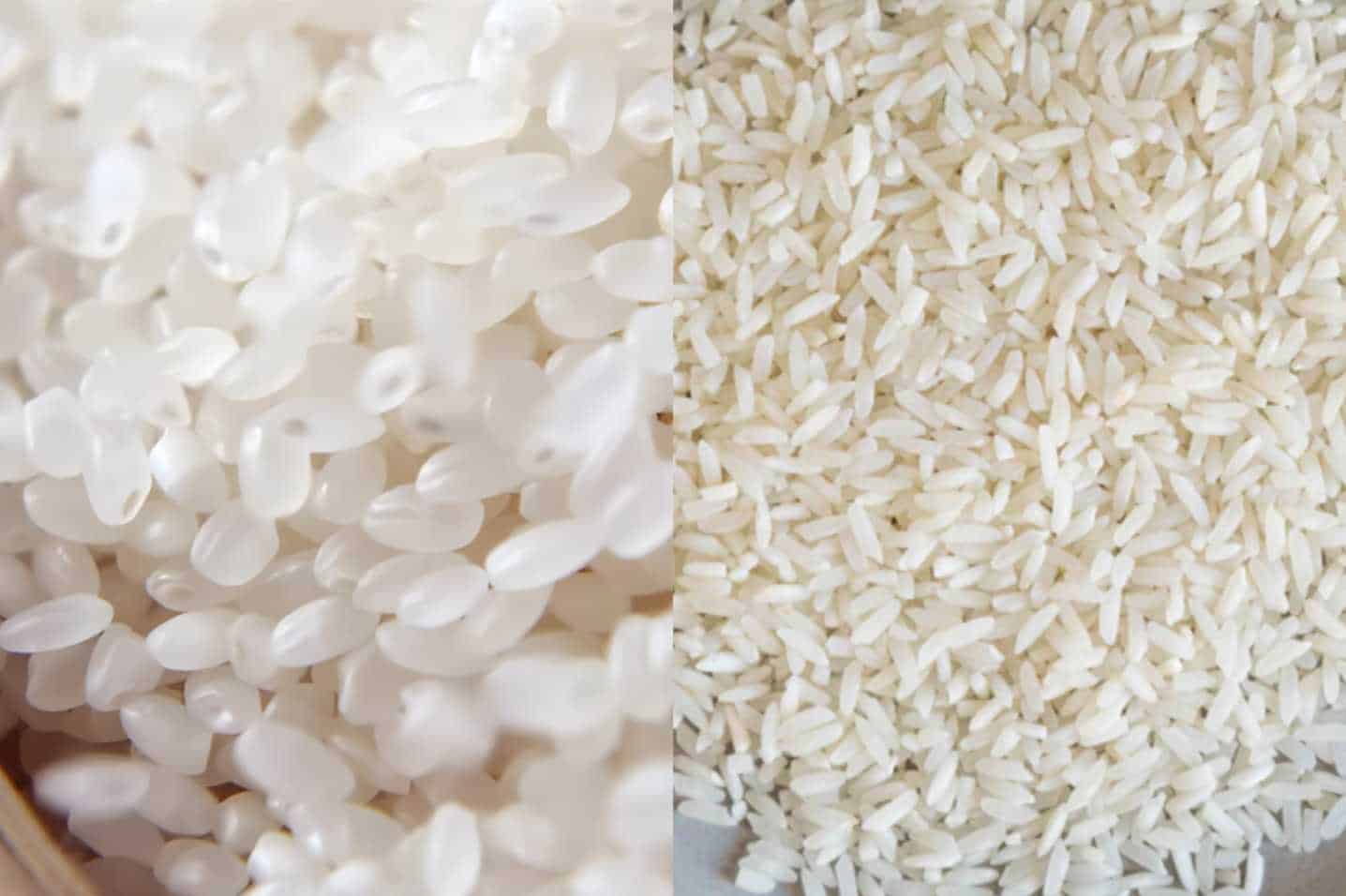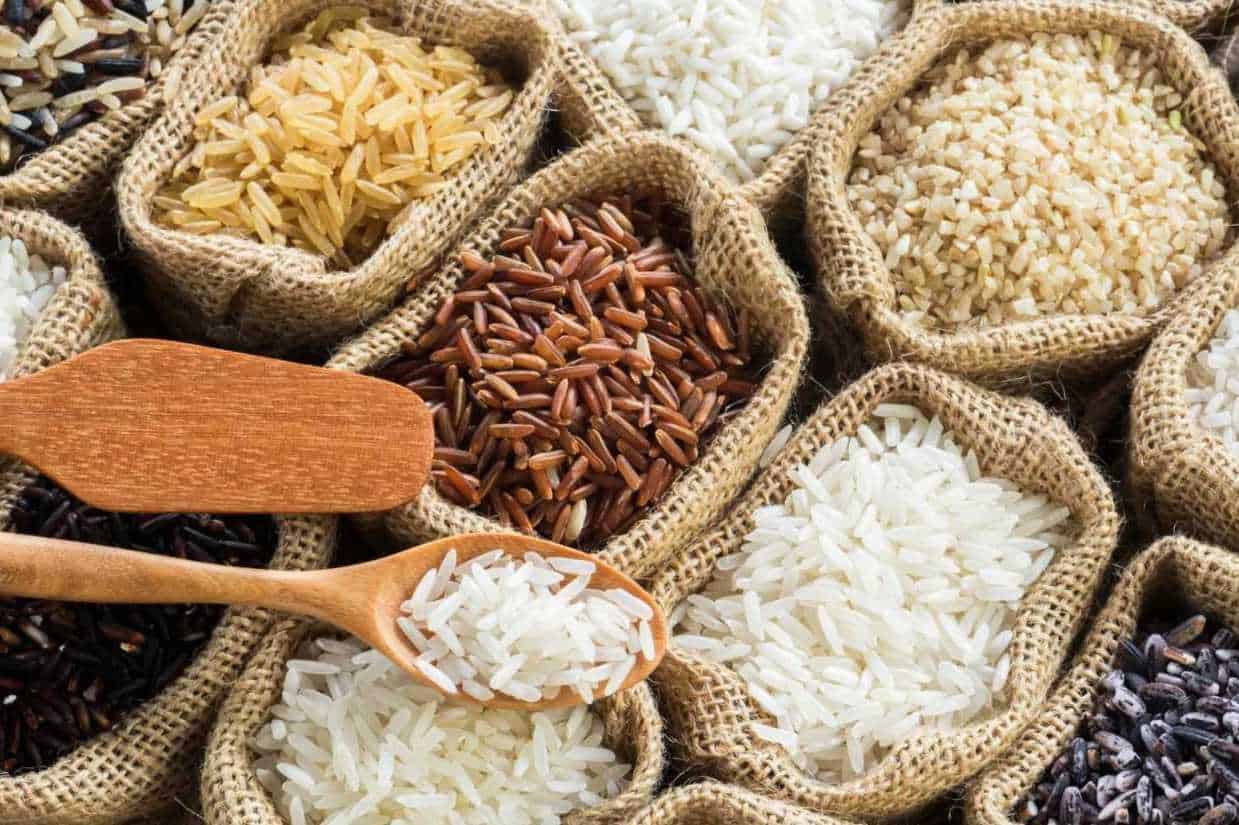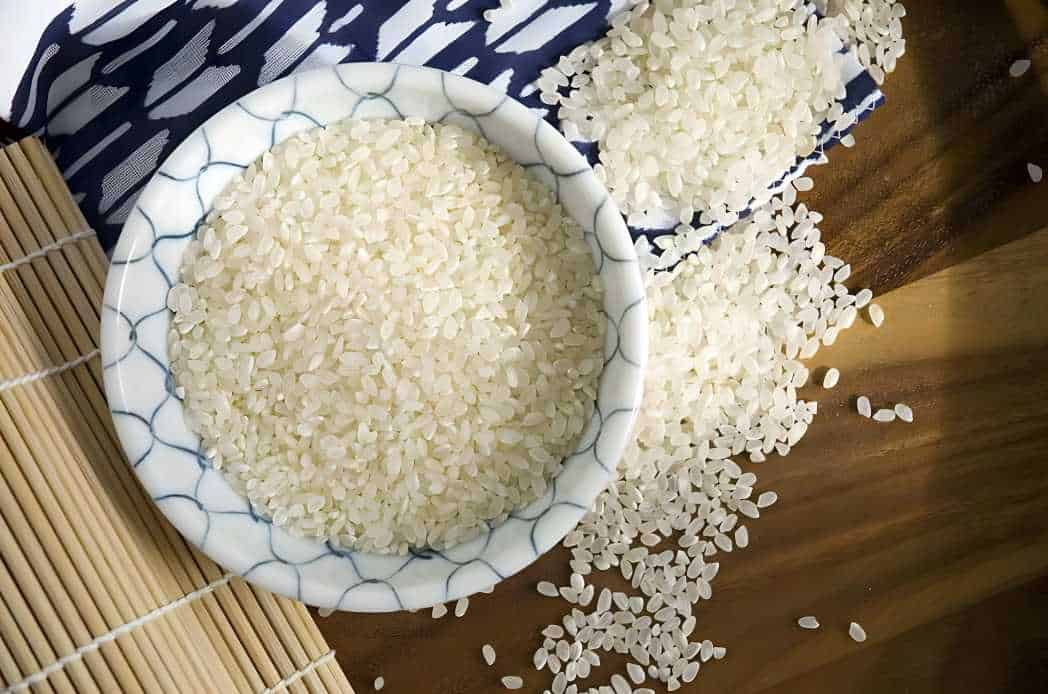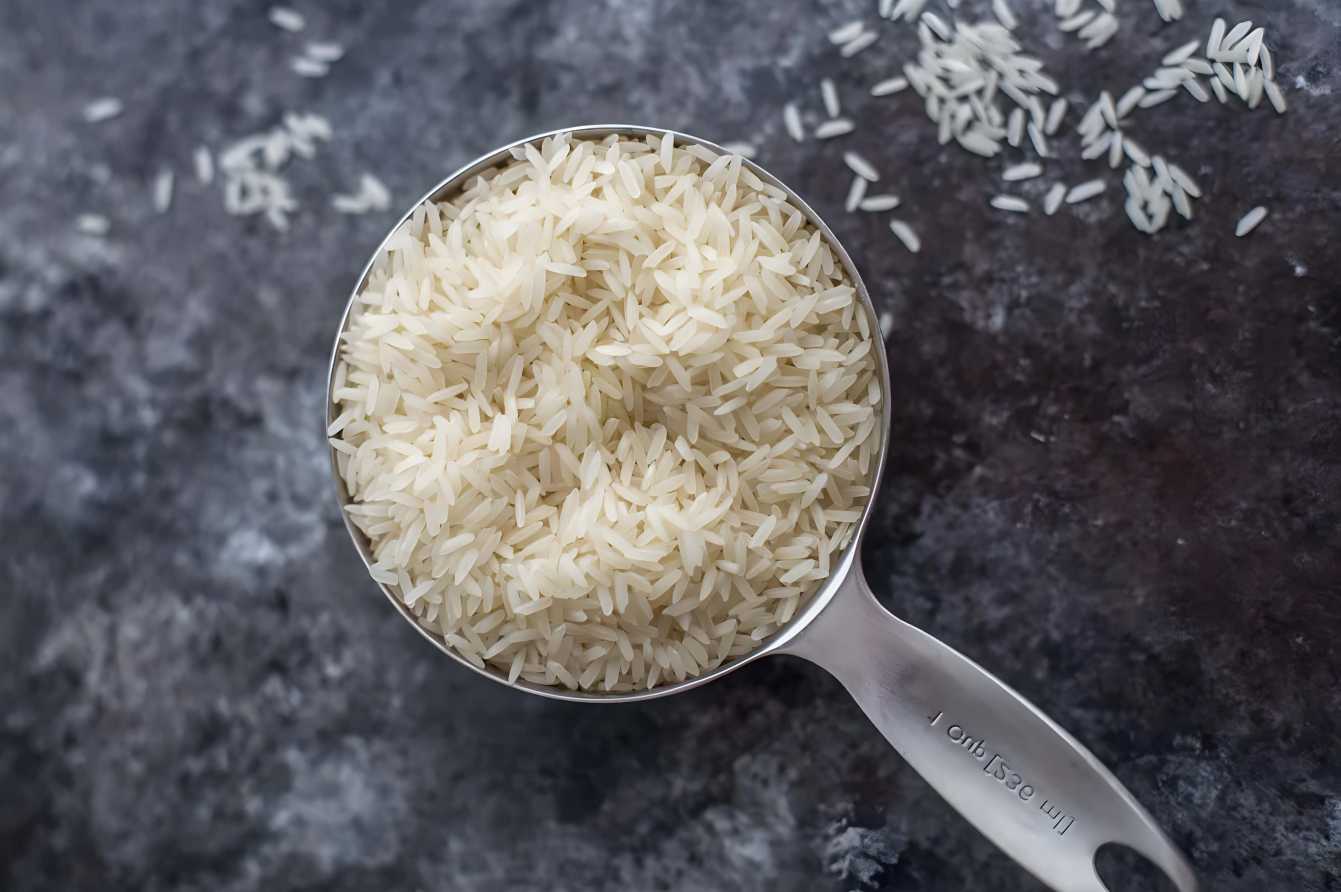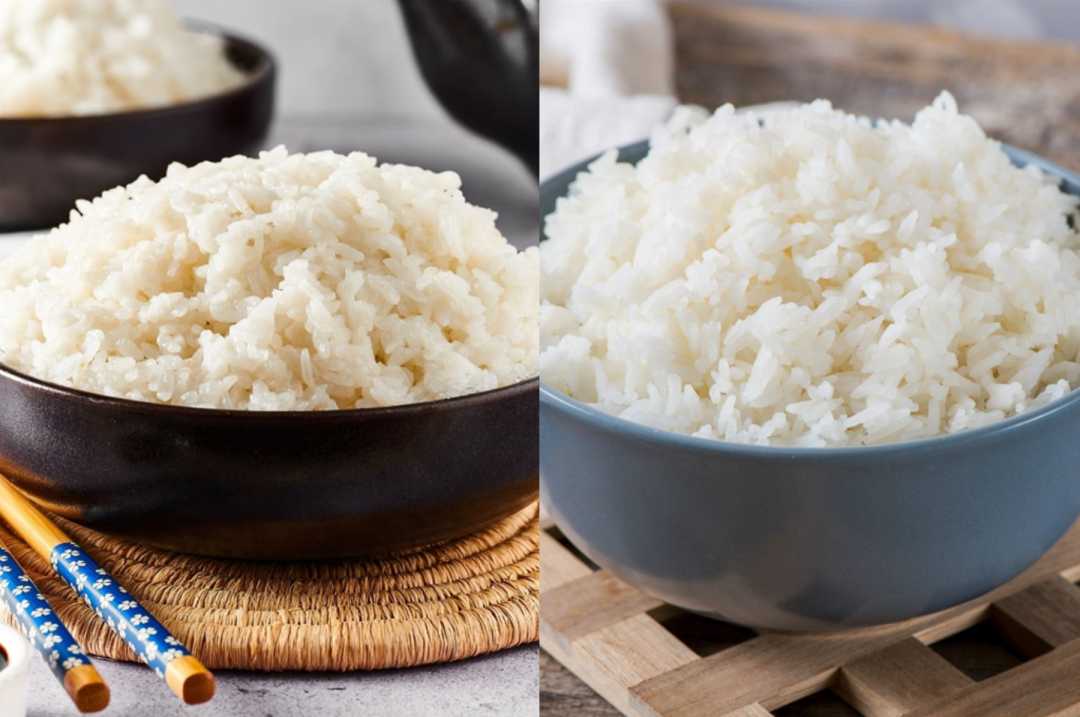There are people who can enjoy their meal without rice, but there are a bunch of people, especially Asians, who will always look for rice wherever they go for them to enjoy their meal scrumptiously.
There are different rice varieties, and today, we will know two among the many. Let us know the difference between sushi rice vs. jasmine rice.
What is rice?
Rice is an essential part of every meal for most people, especially Asians. Thus, most tropical countries have farmers that plant rice for the people to eat, and sometimes, this rice is also either exported or imported.
Rice comes from a type of grass with an edible seed domesticated on many continents. Asia is one of the continents that has domesticated rice. This rice was domesticated way back at least around 1,350 decades ago.
There are a lot of rice varieties. And they are all classified depending on the process or way it was grown. Usually, they have often identified whether it is upland or lowland rice or irrigated or rainfed rice.
If you want to learn more about rice, such as its step-by-step production and some tips regarding the best traditions or habits for rice farming and post-production, you can visit Rice Knowledge Bank to answer your queries.
4 Different Parts of Rice Grain
Since rice usually is tiny seeds, people do not bother to know more about it or its parts. Only farmers or people who are drawn to agriculture are often curious about rice and its components. Though it is impossible to count a cup of a rice grain easily, at least you must know its composition:
Outer Hull: An outer hull is most commonly known to be the husk of rice. It is tough outer skin that must be thoroughly removed before cooking and eating the rice. Thus, it is not edible.
Bran: Bran layers vary in colors ranging from black, brown, and red, depending on the amount of pigmentation. It is rarely removed to some rice varieties but is often removed to most white rice. Moreover, this is the most nutritious part of a rice grain.
Endosperm: The endosperm, most commonly known as white rice, is the most familiar to us because it is what we consume the most, yet it has the slightest nutritious part of the rice.
Germ: This is often found just below the hull. It is a small kernel with many nutrients from Vitamin B, proteins, minerals, etc.
Sushi Rice versus Jasmine Rice
Now that we learned a few things about rice, we are well aware that there is a wide variety of rice. In this article, we will compare the sushi rice and the jasmine rice—finding out the differences, similarities, and a lot more.
What is Sushi Rice?
Sushi rice is often used in Japanese cuisine, and you may often encounter this rice with your sushi rolls, sushi poke bowls, nigiri, and so much more.
It has small and short white grains that are usually sticky when cooked, and it is also seasoned or fermented with some vinegar seasoning. It also tastes a little sweet. Though sushi rice can be relatively small, it is pretty thick and heavy.
You will still have to ferment sushi rice with vinegar to achieve an authentic Japanese rice flavor whenever you encounter sushi rice in a grocery store.
Japan calls this sushi rice Uruchimai because it has been seasoned with some seasonings that are based on vinegar. Thus, it is called besumeshi or vinegared rice.
What is Jasmine Rice?
Jasmine rice, also known as aromatic rice, is the complete opposite of sushi rice due to its long white grains, fragrant when cooked, and slightly sticky compared to Japanese sushi rice. Jasmine rice is often used in Thailand, Vietnamese, Cambodia, and Laos cuisine.
Being fragrant during the cooking process and even after it is cooked, Jasmine rice is named in observance of the Jasmine flower that, is also sweet-smelling. Jasmine rice is known to be long yet thin and is light yet has texture.
Jasmine rice has different varieties too. Though it sometimes comes in white form, it also has brown variety and black variety where it is called to be the forbidden rice where it used to be sold to elite people.
Take a look at the table below to learn about the summarized comparison between Sushi Rice and Jasmine rice:
|
CHARACTERISTICS
|
TYPES OF RICE | |
| SUSHI RICE | JAPANESE RICE | |
| Type of Rice Grain | Short grain | Long Grain |
| Level of Stickiness | Extremely Sticky | Little to no Stickiness |
| Grain Pigmentation or Color | Brown and White only | Black, Brown, and White |
| Flavor or Taste | Neutral to a little bit of salty | Rich in flavor; Tastes like nuts |
| Fragrance | Soury smell due to vinegar | Jasmine Flower smell; sweet-smell |
| Alternatives | Pudding Rice, Milk Rice, Arborio, Risotto Rice, Quinoa | Basmati Rice, Wild Rice |
| Types of Dishes to be made | Sushi Roll, Nigiri, Maki | Vegetable rice, Congee, Chinese Rice soup |
Check out these links for detailed information about the alternatives of Sushi rice and alternative options for Jasmine Rice.
Advantages and Disadvantages of Sushi Rice and Jasmine Rice:
Both Sushi rice and Jasmine rice have their advantages and disadvantages. Let us have a quick look to find out:
| TYPES OF RICE | ADVANTAGES | DISADVANTAGES |
| SUSHI RICE | ● Sushi rice, though, loaded with carbs, allows you to manage your weight
● Brown rice sushi allows you to have a lower risk of diabetes ● Has a low fat and calorie count ● Brown sushi rice has a few amount of dietary fiber that can be favorable to the digestive health ● Considered to be a friendly meal to people who want to lose weight |
● Rice are relatively rich in carbohaydrates , but both brown and white sushi rice have a high amount of carbohydrates
● It has a type of carbohydrates that are usually less healthy than the others |
| JASMINE RICE | ● Also beneficial to people who want to lose weight as it lacks fiber
● It has no fat ● The nutrients such as the minerals and the vitamins found in Jasmine rice are beneficial to ones skin ● Nutrients found help in preventing serious illnesses as cancer ● Helps in food digestion ● Helps prevent constipation ● Provides high energy boost ● Has some antioxidants ● A good source of iron
|
● The white type of Jasmine rice is rich in GIF or glycemic index food which makes your blood sugar level rapidly increase
● Has some arsenic levels that is why it is necessary to thoroughly rinse the Jasmine rice |
Steps on How to Cook Sushi Rice and Jasmine Rice
Although, there are different varieties of rice. The process of cooking rice is somewhat similar for each type. Though, some have additional steps. Find out how to cook sushi rice and jasmine rice below:
4 Steps on how to cook sushi rice
There are only a few ingredients you need to cook sushi rice — the short-grain sushi rice, the rice vinegar, sugar, and kosher salt.
There are a lot of different ways how to cook sushi rice. You may opt to use a rice cooker for a much easier way, or you can also either cook it in an instant pot or a stove pot.
The steps are usually the same, just as how you cook the other types of rice.
- Make sure that you have rinsed the short-grain rice very well. It would be best to use cool running water to remove some dirt or any residue specks of dust from the mill. Use a wire mesh to rinse and strain it well.
- Put an ample amount of water, a little less than the usual, and then close the lid.
- Then leave it and allow it to cook if you use a rice cooker. But by any chance that you decide to use an instant pot or a stove pot, you need to check from time to time if it has finished cooking or setting.
- After cooking, make sure to transfer the cooked sushi rice to a plate or in a large rice bowl and let it cool down a little. While it is still freshly cooked, you can now put the vinegar mix and stir the rice very well to ensure that all rice grains absorb the vinegar mix.
Learn how to make sushi rice the easiest way by watching this tutorial.
3 Steps on how to cook Jasmine Rice
Cooking Jasmine rice is pretty much the same as all the way you cook the other varieties of rice. But to perfectly cook jasmine rice, it must be a bit chewy yet soft and slightly sticky. The key is not to put too much water to avoid the mushy texture of the rice.
There are also three other ways to cook the Jasmine rice—slow cooker, instant pot, or stove pot.
- Before cooking the rise, you must clean it by rinsing it well with running water up to 3 times. Make sure it does not get too cloudy when filled with water.
- One cup of jasmine rice is equivalent to 3 tablespoons of water–this is the advisable ratio of rice and water. Adjust accordingly.
- The final step varies depending on what you used in cooking the rice. You can either leave it until it thoroughly cooks using a slow cooker or instant pot. Or you can check it from time to time.
Summary
We have now learned about sushi rice and jasmine rice’s differences, similarities, and characteristics.
The comparison of sushi rice vs. jasmine rice has helped us understand why all the rice does not look the same and tastes the same. They all are made uniquely as they all have different purposes depending on their use.

Hiroshi Nakamura, a Tokyo-born sushi chef turned US-based writer and critic, is the voice behind ichisushi.com, blending traditional sushi wisdom with modern insights.
